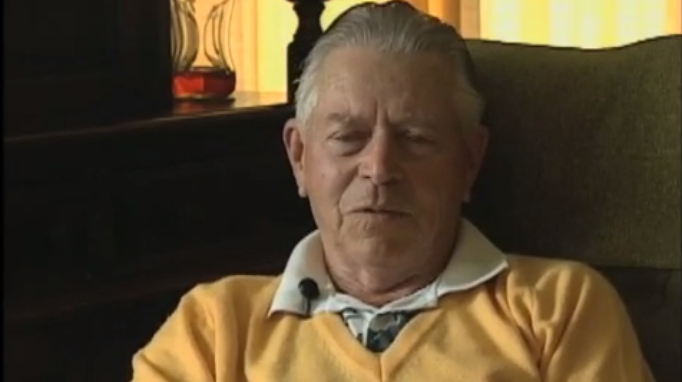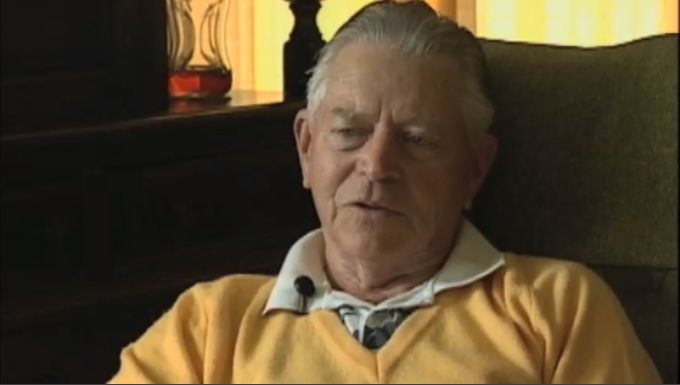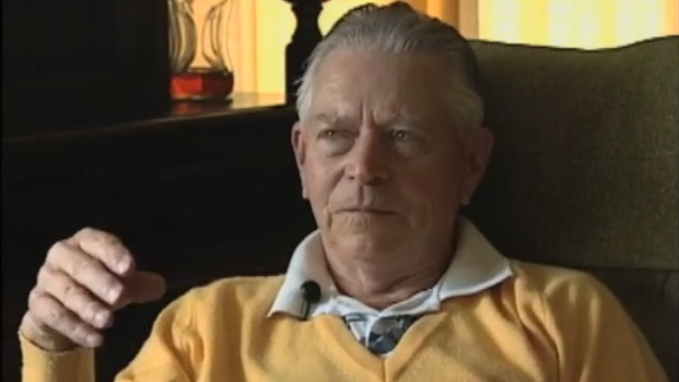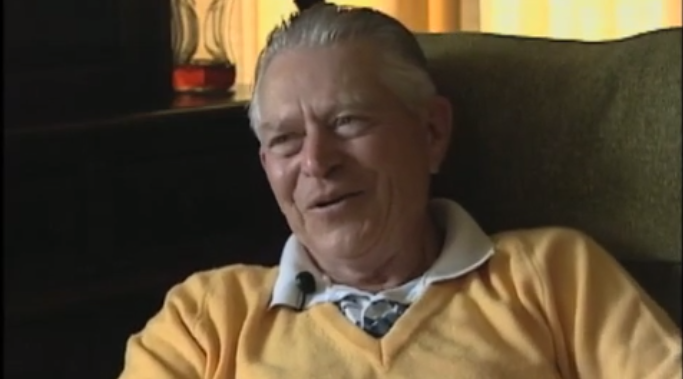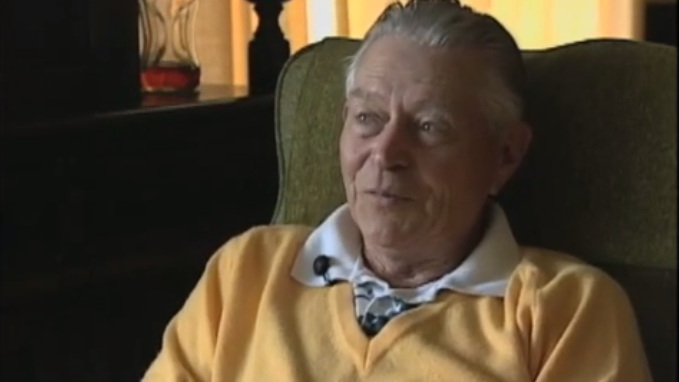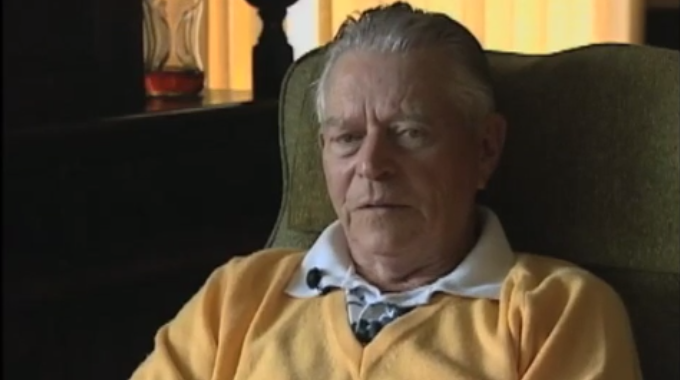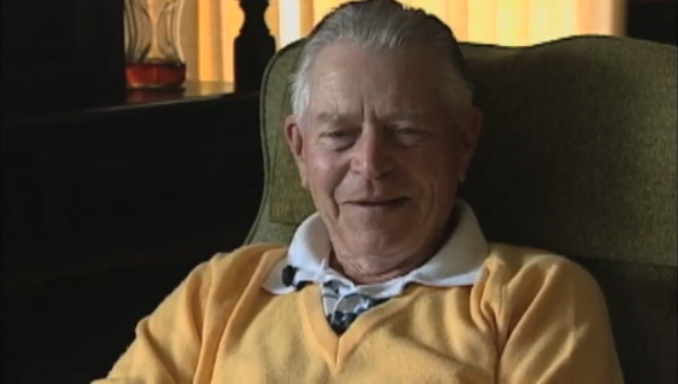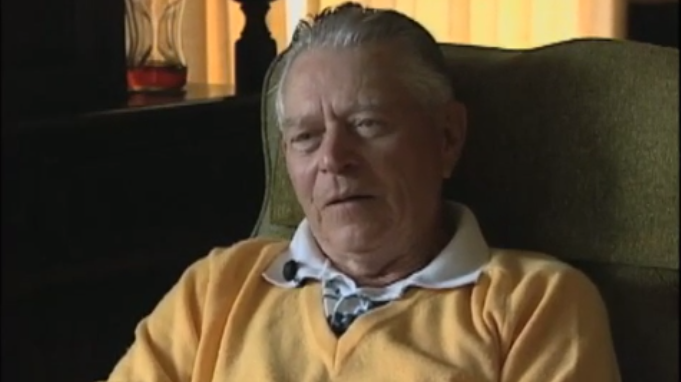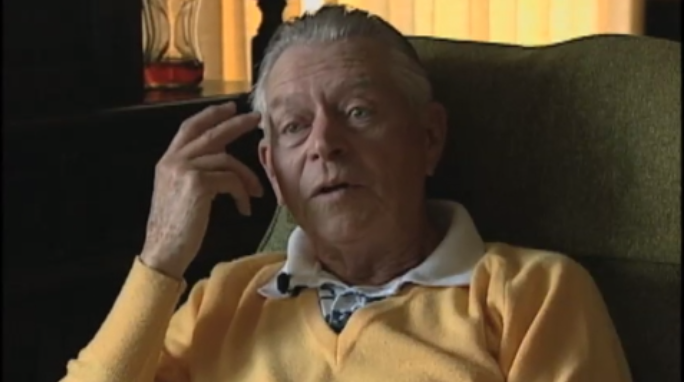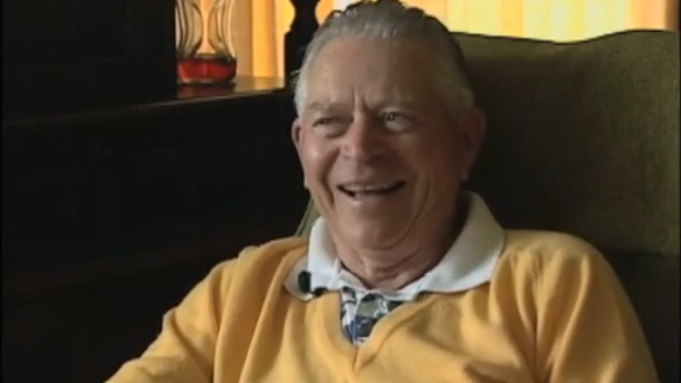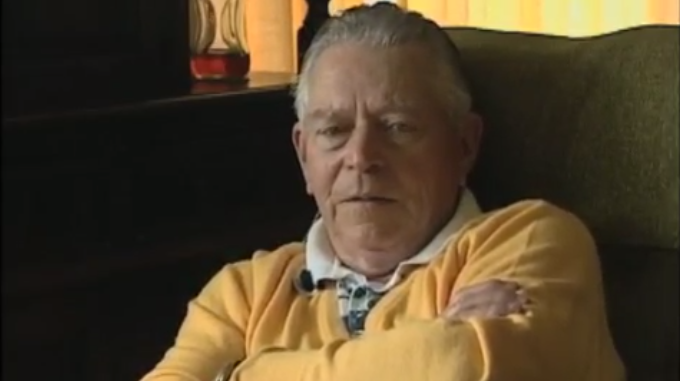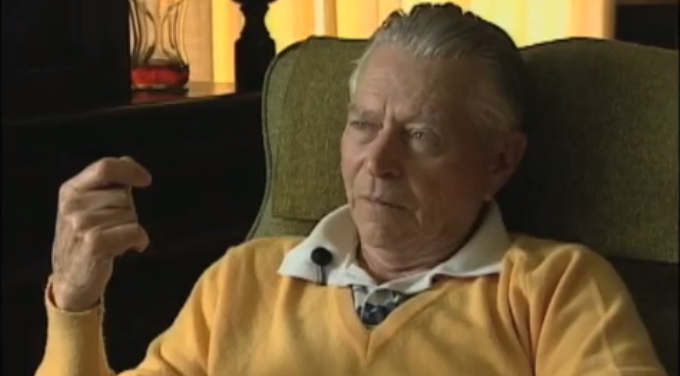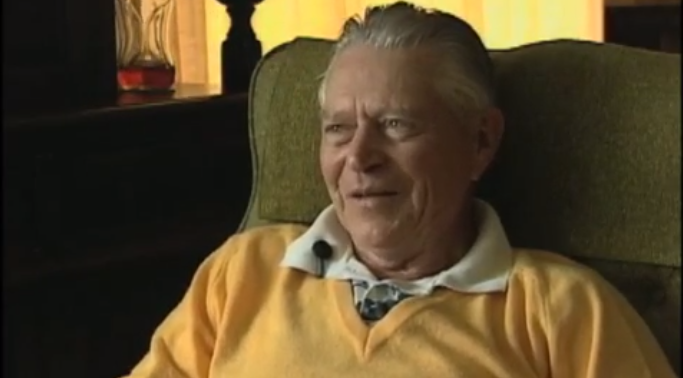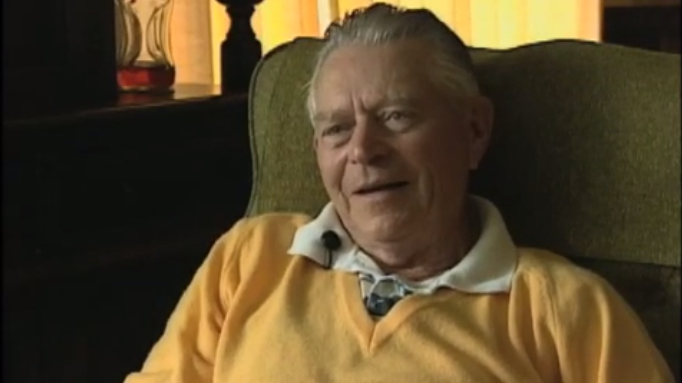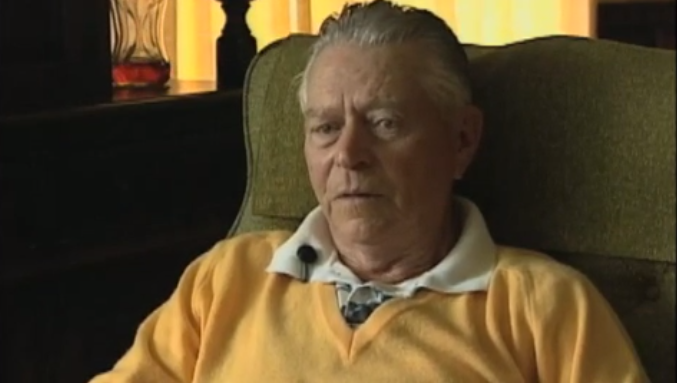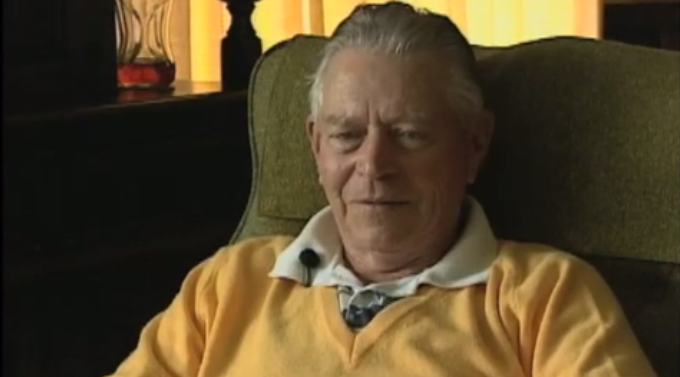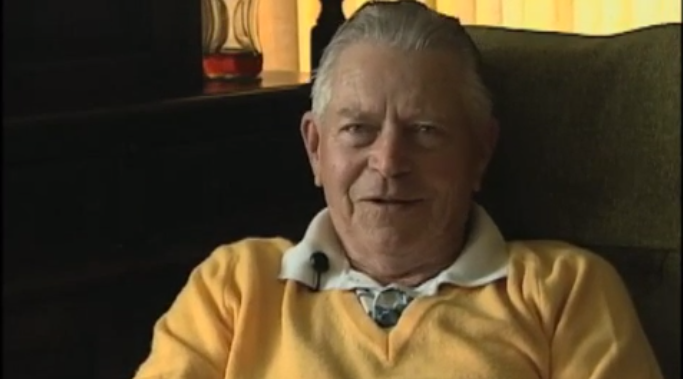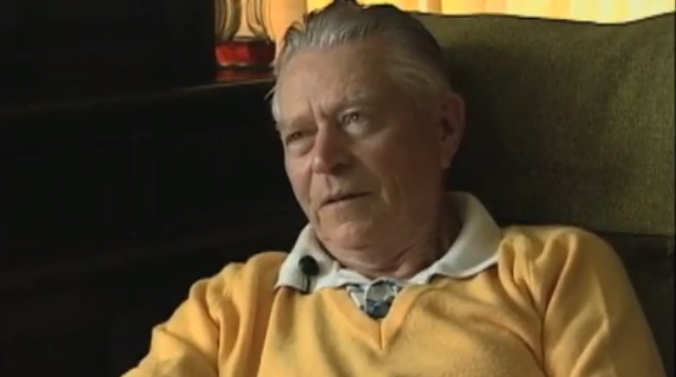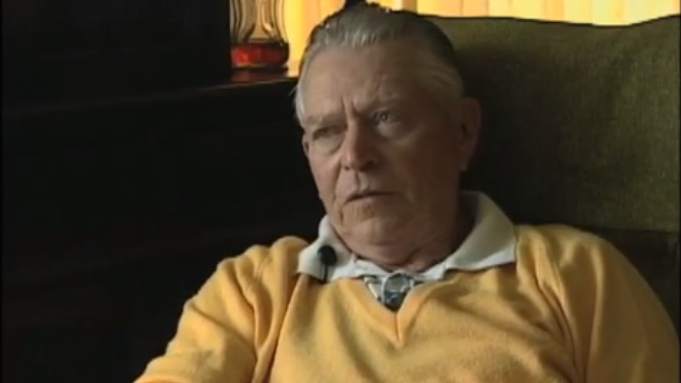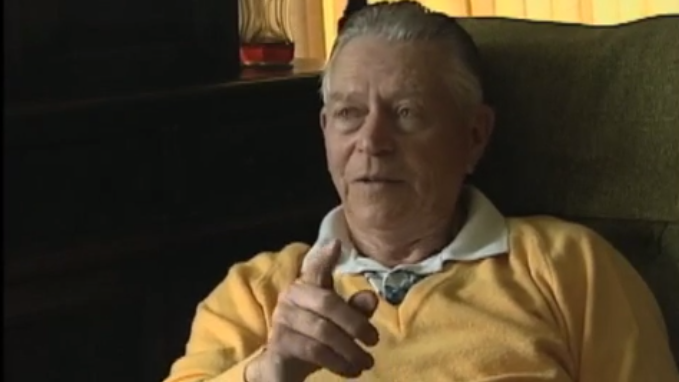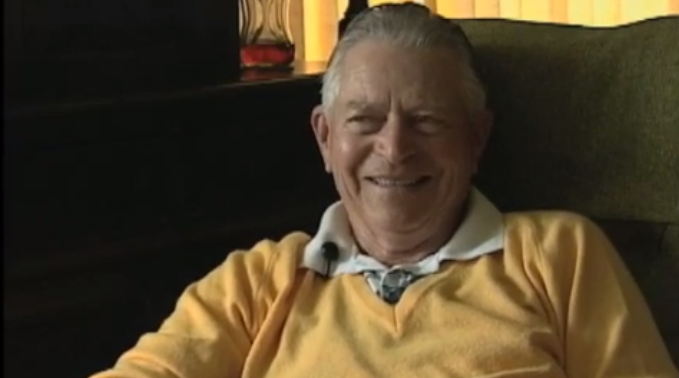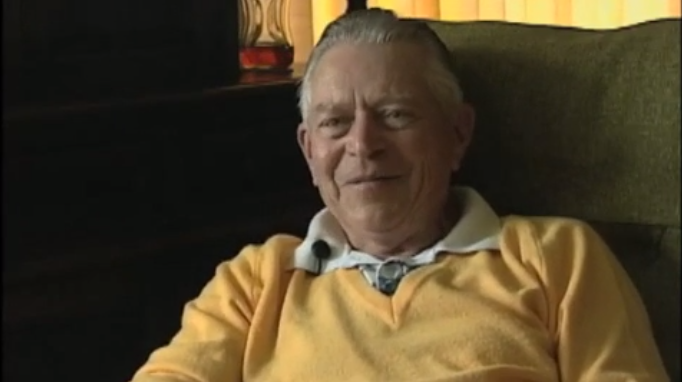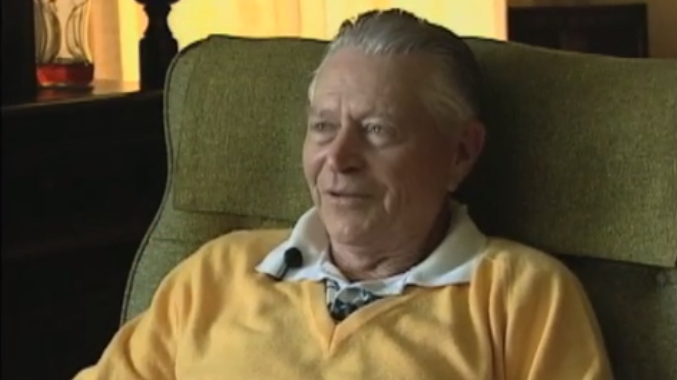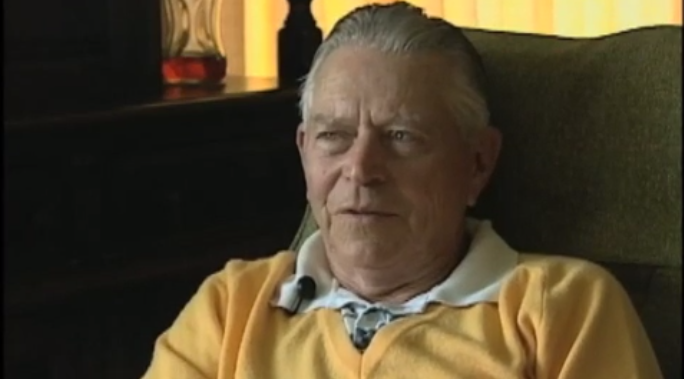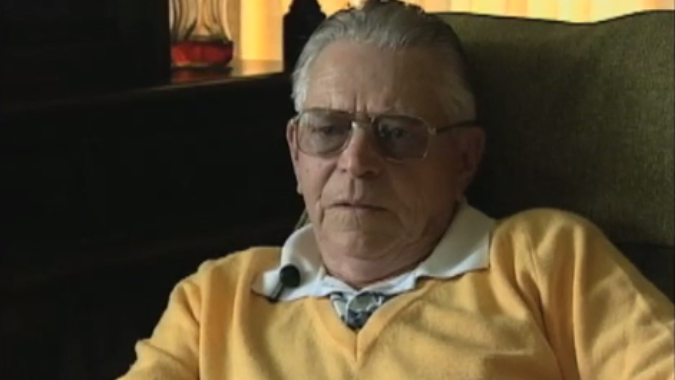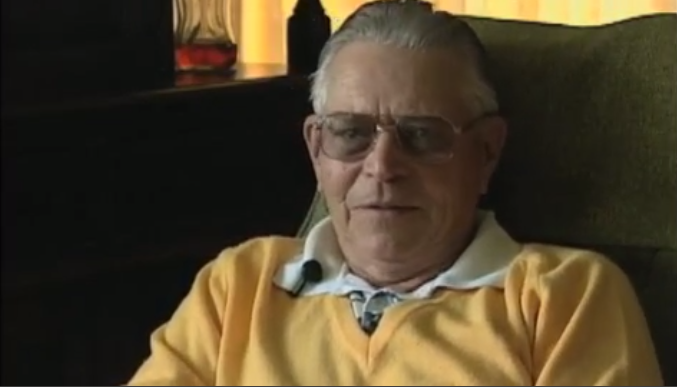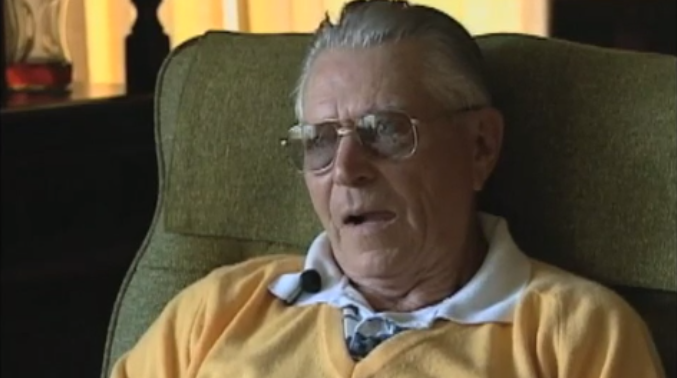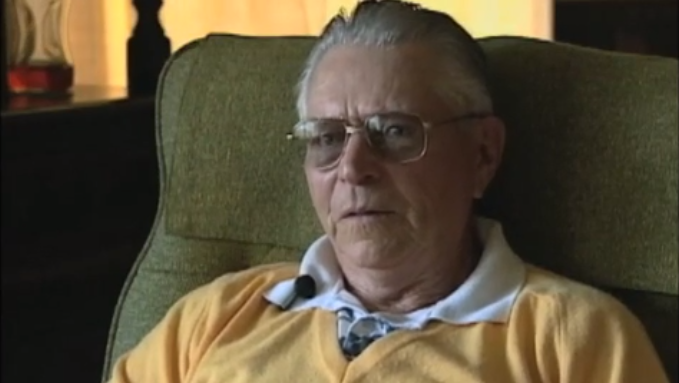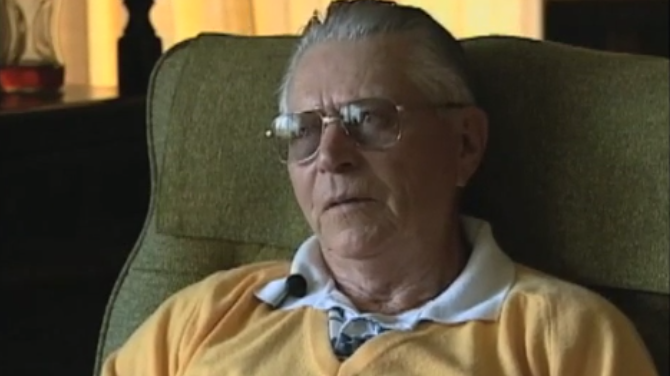Luck of the Draw
Heroes Remember
Luck of the Draw
Transcript
Description
With the many things that could happen in a manning pool, being chosen to fly was more a matter of chance than talent. After being chosen, the challenge was to stay alive.
James Francis Edwards
Mr. Edwards was born on a farm near Lockwood, Saskatchewan on June 5th 1921. His father, a First World War Veteran, kept horses until the depression forced him to move the family to Battleford where he became an insurance salesman. His mother had been a nurse during the First World War. In June 1940, Mr. Edwards enlisted in the Air Force. He was sent to the Brandon, Manitoba to do his Initial Training, then to Edmonton, Alberta for Flying School. After completing Flying School, Mr. Edwards was sent to overseas. He was assigned to 55 Operational Training Unit in Osworth, England where he flew Hurricanes. From there he was posted to Africa to take part in the Desert Campaign. Among many battles and operations, he took part in the El Alamein Battle (Egypt) and the Tunisian Campaign. In Egypt, he was promoted to Flight Lieutenant. After a period in Cairo running a gunnery school, he was called back to combat in Italy. There he fought in the Battle of Ortona and Anzio and he was given his own squadron, the RAF 274. He was shot down on his first flight as squadron commander. Surviving, he and his crew were sent back to England to take part in D-Day. He would also fight in Holland and Germany. In total, Mr. Edwards served two tours of duty, flying over 360 missions. He had more than 19 confirmed kills. After the war was over he returned to Canada and continued service with the air force retiring as a wing commander.
Meta Data
- Medium:
- Video
- Owner:
- Veterans Affairs Canada
- Duration:
- 02:12
- Person Interviewed:
- James Francis Edwards
- War, Conflict or Mission:
- Second World War
- Location/Theatre:
- England
- Branch:
- Air Force
- Rank:
- Sergeant Pilot
- Occupation:
- Pilot
Related Videos
- Date modified:



